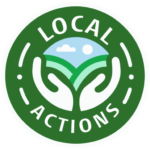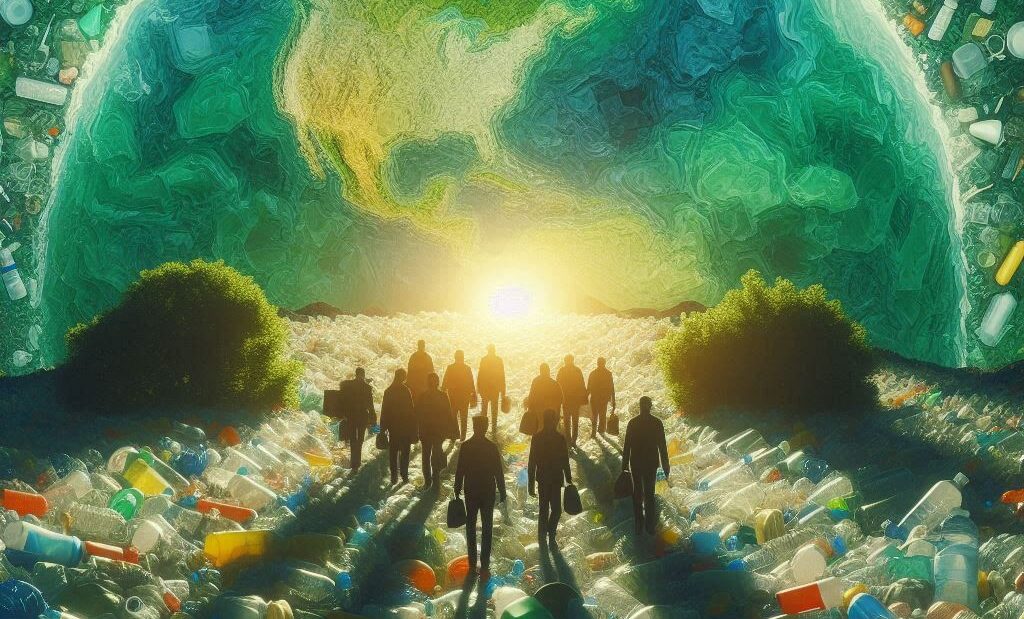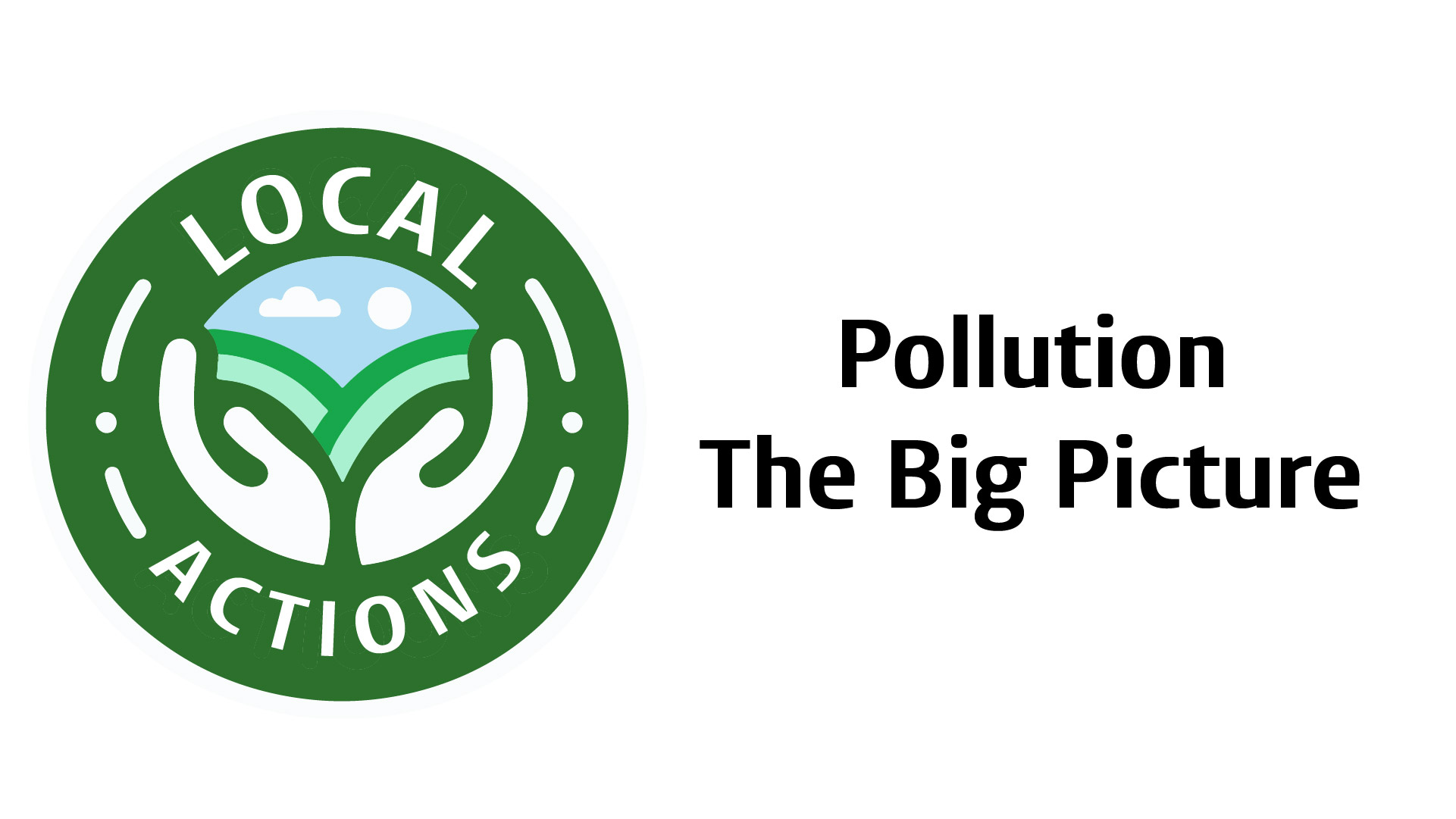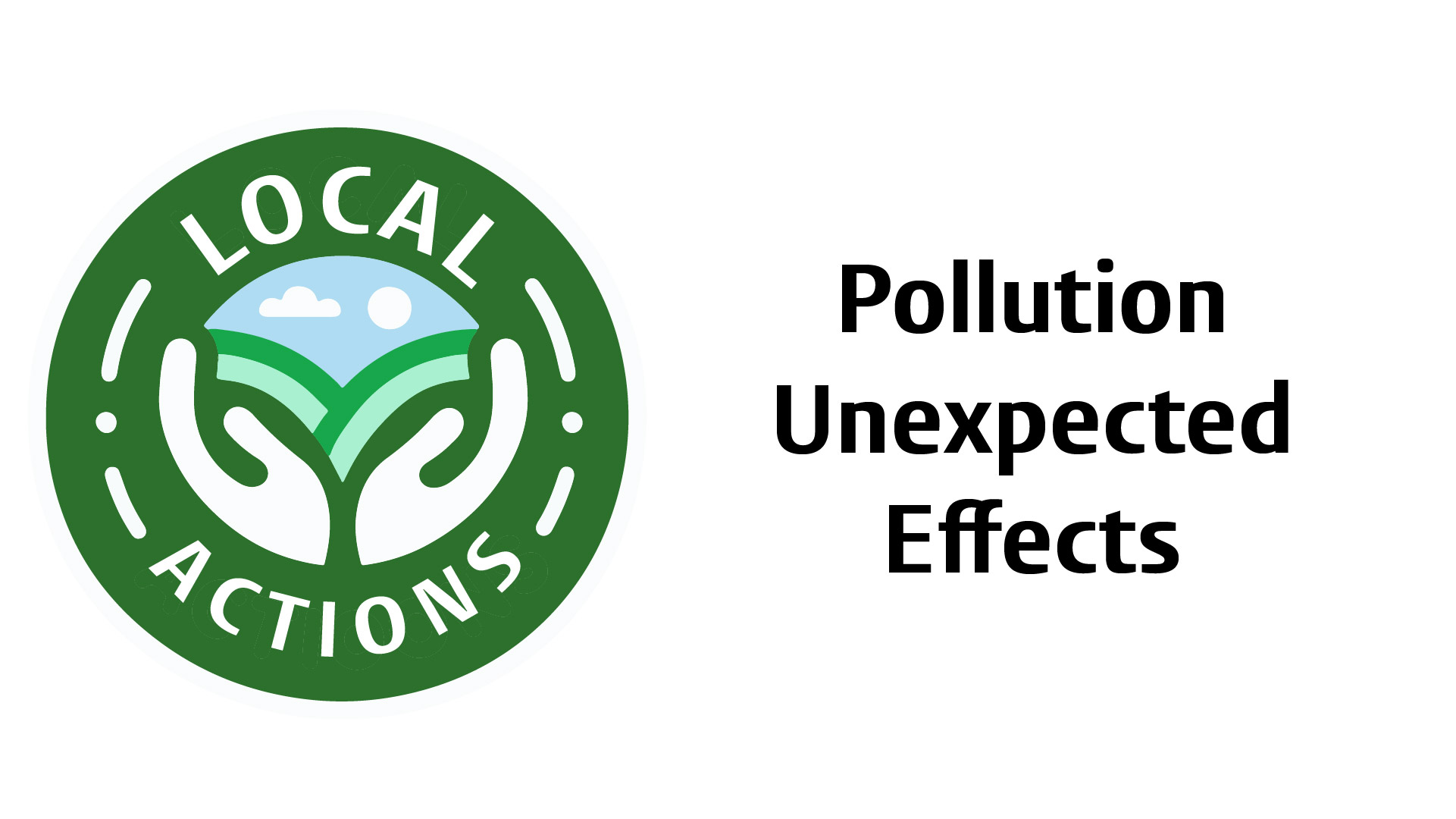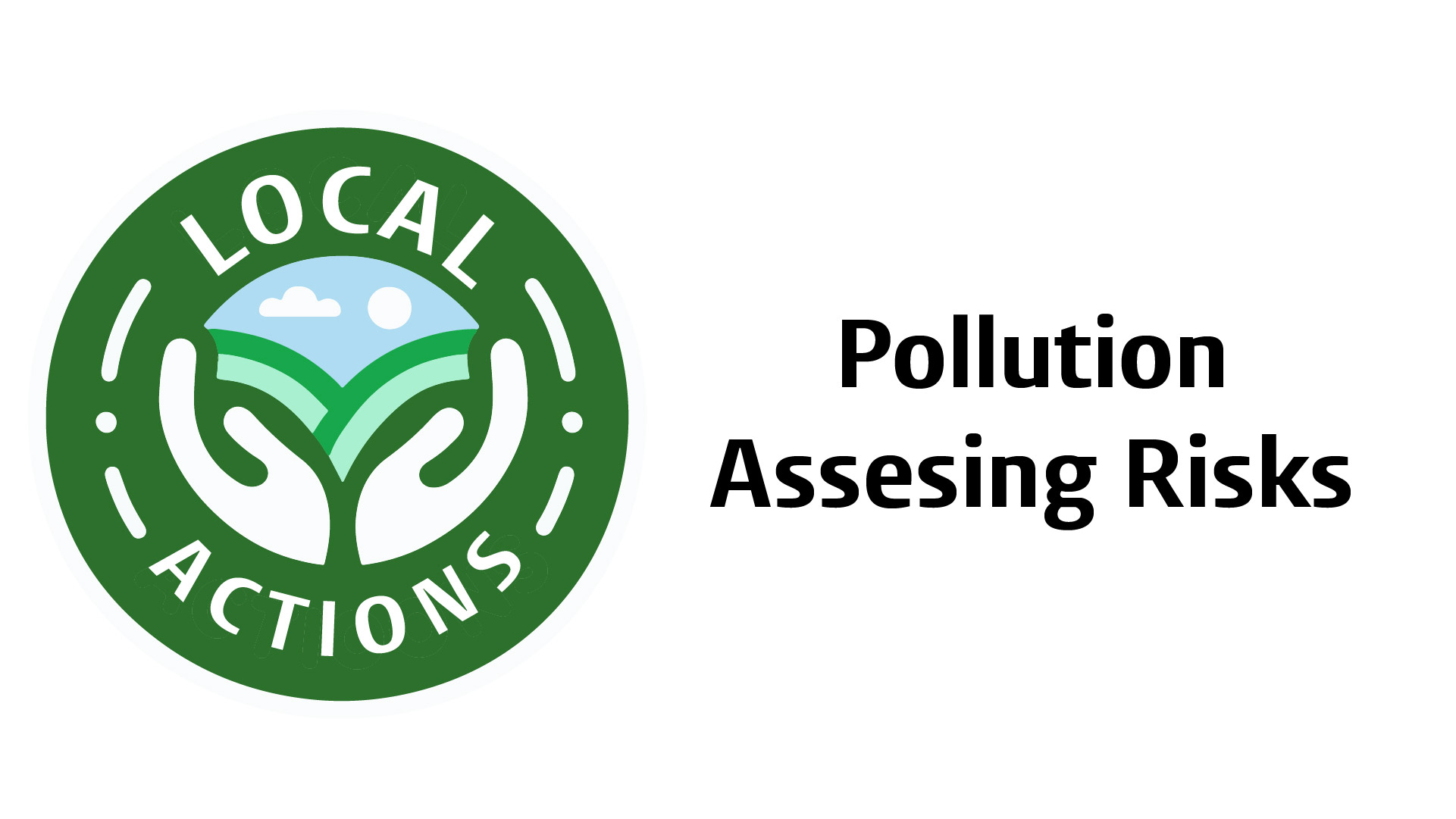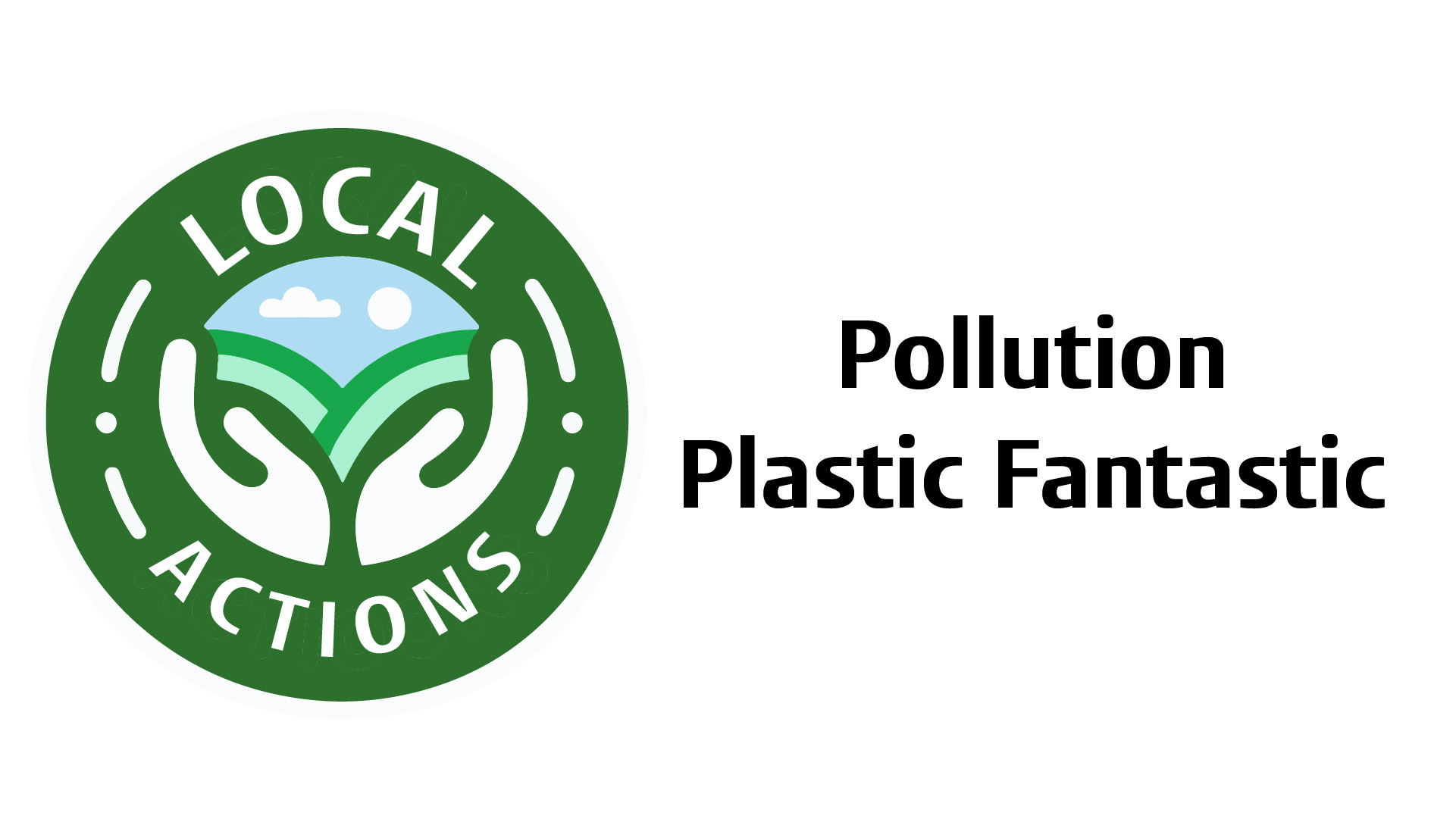Planned Behaviour and Pollution
- Instructor Prep: 2 hours | Seminar: 1-2 class slots
- Keywords: Intentions | Perceived Behavioural Control | Subjective Norms
INTRODUCTION
This teaching guide is meant to be easily integrated into existing classes Psychology courses. The guide is created for teachers and professors interested in including environmental issues as examples for their students to understand the concepts in their introductory courses. This particular guide uses the topic of pollution to aid students in understanding the Theory of Planned Behaviour (TPB). It also hopes to create an understanding of the vital role psychology can play in the creation of a sustainable future for our planet.
LEARNING OUTCOMES
- Students are able to identify links between psychology concepts and sustainability challenges
- Understanding the Theory of Planned Behaviour and applying it to solutions for plastic pollution
THEORY OF PLANNED BEHAVIOUR
The Theory of Planned Behaviour (TPB) is a psychological theory that links beliefs to behaviour. It was proposed by Icek Ajzen in 1985 as an extension of the Theory of Reasoned Action. The theory suggests that an individual’s decision to engage in a specific behaviour can be predicted by their intention to engage in that behaviour.
According to TPB, intentions are determined by three variables: 1) personal attitudes, 2) subjective norms and 3) perceived behavioural control. In short: an individual considers their attitude, compares it with other peoples attitudes towards the considered behaviour and finally factors in the extent to which they believe they can control their behaviour. Especially the perceived behavioural control is important for TPB as the more control an individual thinks they have over the behaviour, the stronger their intention to perform it will be.
The Theory of Planned Behaviour has been applied to studies of the relations among beliefs, attitudes, behavioural intentions, and behaviours in various human domains. One of those domains is sustainability, where extensive research has been done about sustainable food consumption, green purchasing intentions and pro-environment behavioural intention.
POLLUTION
In a sustainability context, pollution can be defined as the introduction of man-made contaminants into the natural environment that cause adverse changes in organisms. Pollution is diverse and includes chemicals (pesticides or residues of drugs), particles (microplastics or nanoparticles), or energy (noise, heat, or light). Sometimes these pollutants cause a direct lethal effect, resulting in the death of an organism. But, more commonly, there are sublethal effects, for example, impacts on the development, reproduction, or immune system of organisms.
A core concept related to pollution is risk assessment: the process of determining the risk of pollutants for humans and the environment. Scientists use a range of tools to do this, including lab and field studies. The data collected in risk assessment can be used to protect human health and the environment.
For ease, we have developed several videos that provide basic information on these issues which can be assigned to students. These videos explain the following:
Local Actions Videos
CONNECTING THE DOTS
This lesson plan will focus specifically on plastic pollution. The accumulation of plastic waste in the environment adversely affects wildlife and humans. Plastic pollution is a global and complex problem that requires urgent and systemic action from various stakeholders, such as governments, businesses, consumers, and civil society. Some of the possible solutions to plastic pollution are based on changes in behaviour:
- Reducing plastic production and consumption: One of the most effective ways to prevent plastic pollution is to reduce the amount of plastic that is produced and consumed in the first place. This can be done by promoting alternatives to plastic, such as reusable materials, or by implementing policies and incentives that encourage less plastic use, such as bans, taxes, or fees on single-use plastics.
- Improving plastic waste management and recycling: Another way to prevent plastic pollution is to improve the way plastic waste is collected and treated after it is used. This can be done by enhancing waste management systems and infrastructure, such as providing adequate bins, trucks, and facilities, or by increasing recycling rates and capacities, such as developing better technologies, standards, and markets for recycled plastics.
- Cleaning up plastic pollution and restoring ecosystems: A third way to mitigate plastic pollution is to clean up the existing plastic waste that is already in the environment and to restore the ecosystems that have been affected by it. This can be done by supporting clean-up initiatives and campaigns.
All of these actions require behavioural change, yet this doesn’t only occur evenly across the globe, but also at a regional or local level. As a result, actual behaviour to prevent plastic pollution differs greatly between geographical regions, which can be explained by TPB. Importantly, in most cases, the individual attitude as well as the social norms are strongly in favour of the prevention of plastic pollution. However, the perceived behavioural control can differ considerably between nations. For example, if there is a well-organized system of waste collection and recycling available, the perceived behavioural control might be high. When individuals feel they have control over their behaviour., they will feel stimulated towards proper disposal of waste and optimizing recycling. In contrast, if waste is not properly managed the opposite might be true: there is a lack of perceived behavioural control preventing behavioural action.
LOCAL ACTION AND IN CLASS ACTIVITES
NOTE: See more detailed instructions in the download section above.
- Ask students to clean-up plastic pollution in their direct environment. This can be done prior to class, or collectively.
- Tip: make sure to advice them to wear gloves, or use a plastic grabber
- Challenge them to collect as much plastic as possible, or, have them participate in a citizen science project by recording the plastic they find. The Litterati app (https://www.litterati.org/) is a good example of an app that can be used.
- Ask them to count the number of particles, and reflect on what they find
- Was it more or less than expected? Did they find specific types of plastics more often than others? Do they consider cigarette butts plastic? (spoiler alert: scientists count cigarette butts as plastic waste).
- Ask students to clean-up plastic pollution in their direct environment. This can be done prior to class, or collectively.
- Introduce the Theory of Planned Behaviour, and highlight the three variables: 1) personal attitudes, 2) subjective norms and 3) perceived behavioural control.
- Divide students into groups. Have them discuss ways to improve perceived behavioural control by individuals. Have them come up with actual examples from across the world, highlighting what worked, and what didn’t.
RESOURCES
Ajzen, I. (1985). From intentions to actions: A theory of planned behavior. In J. Kuhl & J. Beckman (Eds.), Action-control: From cognition to behavior (pp. 11–39). Heidelberg: Springer.
Arya, B., Chaturvedi, S. & Bhati, N.S. Extending the theory of planned behaviour to predict sustainable food consumption. Environ Dev Sustain (2024).
Müller J, Acevedo-Duque Á, Müller S, Kalia P, Mehmood K. Predictive Sustainability Model Based on the Theory of Planned Behavior Incorporating Ecological Conscience and Moral Obligation. Sustainability. 2021; 13(8):4248
Si H, Shi J-g, Tang D, Wen S, Miao W, Duan K. Application of the Theory of Planned Behavior in Environmental Science: A Comprehensive Bibliometric Analysis. International Journal of Environmental Research and Public Health. 2019; 16(15):2788
Iroegbu, A. O. C., Ray, S. S., Mbarane, V., Bordado, J. C., & Sardinha, J. P. (2021). Plastic pollution: A perspective on matters arising: Challenges and opportunities. ACS Omega, 6(30), 19343-19355
